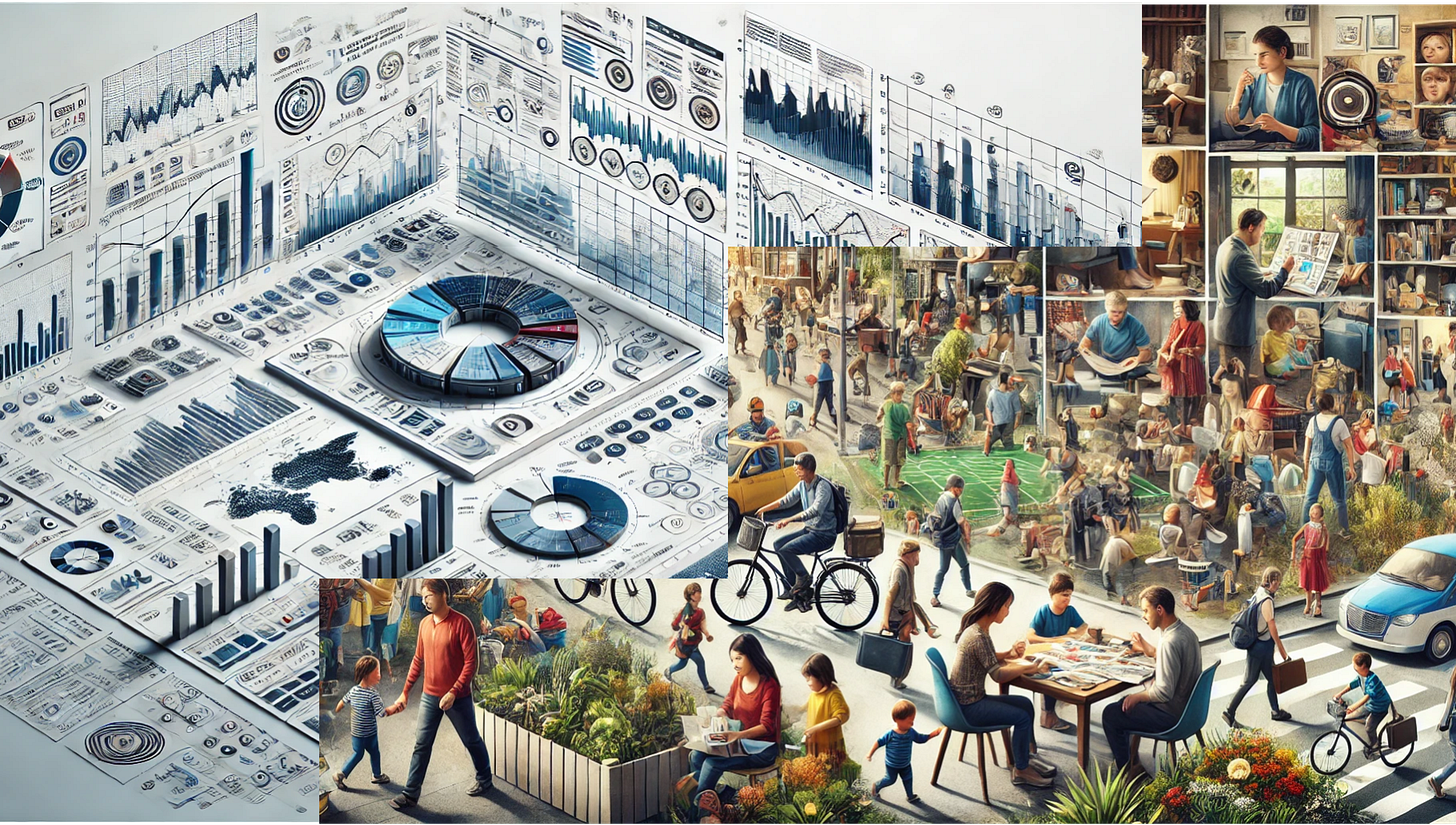
Do you know the human cost of your bottom line?
Every leader makes tough calls. But when decisions are made from a distance—without fully understanding or considering their real-world consequences—they can unravel years of progress and cause lasting harm.
Consider the recent decision to pause USAID funding for global health programs tackling HIV, malaria, and tuberculosis. Framed as a routine policy adjustment, the reality is far more severe. Funding disruptions of this scale don’t just create temporary setbacks; they dismantle critical systems, undo hard-won progress, and put millions of lives at risk.
The Hidden Impact: A Cascade of Potential Human Harm
Past experience shows that moves like this—pausing funding for critical global health programs—often lead to significant, unintended consequences. When funding disappears, even briefly, the ripple effects can be severe:
- Treatment lapses: Interruptions in antiretroviral therapy can cause increased transmission rates and rising AIDS-related deaths. Without a steady supply of medication, patients may be forced to go without life-saving treatment.
- Resurgent diseases: Halting funding can stall mosquito net distributions, indoor spraying programs, and access to essential medications, increasing infection rates and reversing years of progress in disease control.
- Drug resistance threats: Gaps in tuberculosis treatment create ideal conditions for drug-resistant strains to emerge, making the disease harder and more expensive to cure while increasing transmission risks.
- Clinic closures: Community health centers, already operating on thin margins, may be forced to reduce hours, cut services, or close entirely, leaving entire populations without access to routine care, immunizations, and urgent treatments.
- Healthcare workforce depletion: Uncertain funding environments often push doctors, nurses, and other healthcare professionals to seek more stable employment elsewhere, leading to staff shortages that weaken healthcare systems when they are needed most.
The Leadership Gaps That Leave People Behind
These types failures don’t typically happen out of malice. They all too often stem from predictable leadership blind spots:
- Siloed thinking: Decisions are made based on filtered reports rather than direct engagement with those affected. During crises like COVID-19, leaders underestimated frontline realities, leading to delayed responses and ineffective policies.
- Data without humanity: Numbers might justify decisions, but they don’t reflect their full impact. Layoffs and budget cuts may look efficient on paper, but they destabilize families, weaken communities, and erode trust.
- Process over people: Rigid bureaucratic systems prioritize rules over responsiveness, often delaying critical aid. After natural disasters, communities have been left without food, medical supplies, or shelter due to logistical red tape.
- Short-term fixes, long-term harm: Policies designed for immediate relief often create deeper problems. Fiscal austerity measures, for example, have balanced budgets in the short run while crippling healthcare systems and economic recovery.
- Diffuse accountability: When decision-makers are too removed from consequences, harmful policies go uncorrected. Financial collapses like the 2008 recession were fueled by reckless leadership, yet those responsible rarely faced repercussions.
The Essential Questions Every Leader Must Ask
When leadership ignores these gaps, even well-intended policies can turn into disasters. Before making high-stakes decisions, leaders need to pause to ask:
- Who will be most affected by this decision? Consider not just numbers but real people’s lives.
- What unintended ripple effects could this create? Look beyond the immediate impact to anticipate long-term harm.
- Are safeguards in place to minimize harm? Proactively build buffers before damage occurs.
- Would I stand by this decision if I were personally affected? True leadership requires accountability, not detachment.
Sparking New Leadership Thinking
To move beyond reactive leadership and truly account for human impact, we need a fundamental shift in how leaders think and operate. Here are five concrete steps to weave humanity into large-scale decision-making:
- Uncover the blind spots in your data: Numbers provide trends, but they don’t reveal lived experiences. Leaders should spend time in affected communities, listen to firsthand accounts, and observe conditions firsthand to see what spreadsheets miss.
- Institutionalize a human impact review: Before major decisions take effect, convene a cross-functional team—including frontline workers, social scientists, and members of impacted communities—to assess potential harm and propose safeguards.
- Run failure scenarios, not just success projections: Most leaders model for best-case outcomes but rarely stress-test for failure points. Simulate worst-case scenarios to identify where policies might break down, then refine strategies before real harm occurs.
- Establish decision delay triggers: Not all decisions should be rushed. Implement a system where policies with potentially significant human impact are automatically paused for deeper review, expert consultation, and real-world input before implementation.
- Use post-decision impact assessments: Require leaders to revisit their major decisions six months or a year later to evaluate real-world effects. Use this insight to make adjustments and apply learning to future decisions.
The Bottom Line
True leadership isn’t about policy; it’s about people. It’s about recognizing that every decision, no matter how seemingly small, has the potential to ripple outward, shaping lives in ways we may never fully understand. It’s about having the courage to ask, “Do I know the human cost of my bottom line?” and the wisdom to act accordingly.